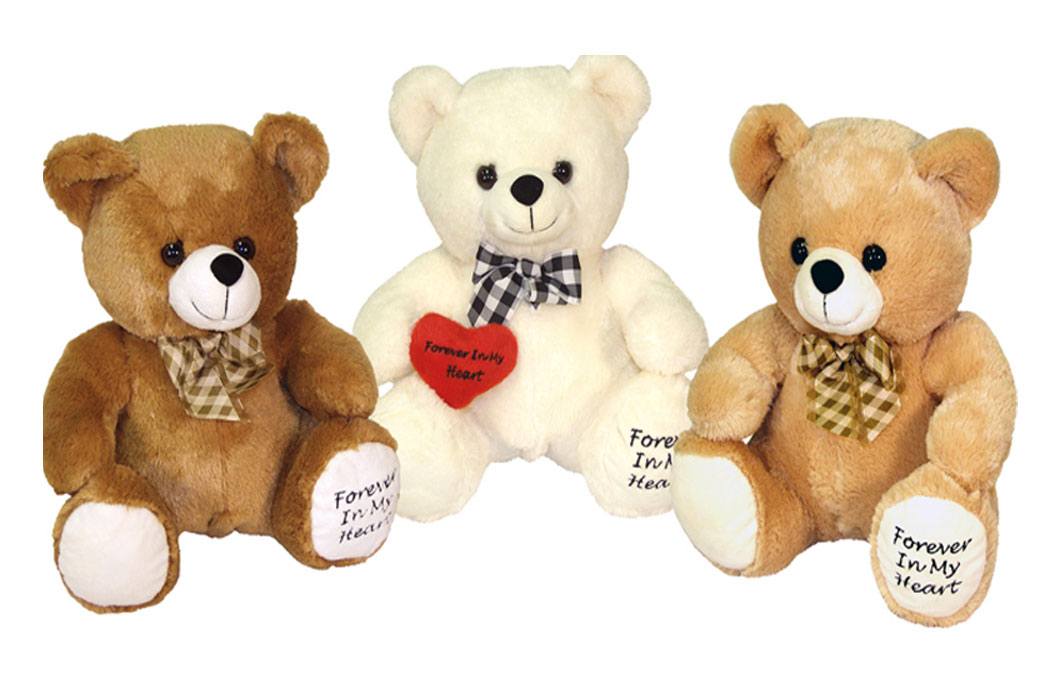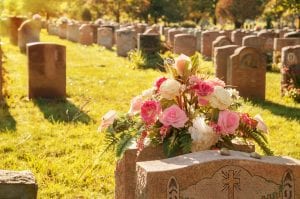Burial Options
Choosing Your Final Resting PlaceThe type of burial you have is a deeply personal decision. Many factors, such as family and religious customs, financial situation, and personal preferences, must all be taken into consideration. Like all decisions related to your final arrangements, you should weigh your burial options carefully since the decision you make is one important way your memory will be kept alive. There is no right or wrong choice, only the choice that is best for you and your loved ones.
Factors to Consider When Thinking About Burial
- Do you want a traditional final resting place?
- Do you prefer an outdoor or an outdoor environment?
- Should your resting place always remain dry?
- Do you want to be memorialized near your loved ones?
- Do you want your loved ones to be able to visit your resting place?
- Do you want your loved ones to be able to leave flowers and other decorations at the site?
- Is it important to you that the burial be easy on the environment?
In-ground burial options for a casket or cremation urn:
When we think of burial, most of us think of traditional in-ground burial for a full body in a casket. However, in-ground burial can also apply to cremated remains. In most cases, in-ground burial is accompanied by a funeral.
Most cemeteries require that you also purchase a burial or urn vault or lining. Vaults are made of concrete, and they protect the container from ground collapse. While not required, most people also purchase a memorial marker or monument for the gravesite.
There are several types of cemetery space to consider:
- Single burial plot: A single plot intended for the burial of one person or one urn.
- Double or companion plot: A double plot may be two single plots side-by-side or one that is double depth. With a double-depth plot, a second deceased is buried on top of the first.
- Family plot: A space that is large enough for multiple family members.
- An urn plot: A smaller space designed for the burial of a cremation urn. Depending on the cemetery and the type of plot you purchase, it may be possible for multiple urns to be buried in the space plot.
Above-ground burial options for a casket or cremation urn:
Some people prefer to have the option of having their remains entombed above ground level. This may be an attractive option if you live in a low-lying area and you are uncomfortable about the possibility of flooding.
With above-ground burial, you have several options:
- Mausoleum Building: A mausoleum is a building designed to house the casket. There are several types. A private mausoleum may be a standalone building that is reserved just for you or your family. A community mausoleum is a larger structure that houses the remains of those who purchase space inside. Various personalization styles will be available depending on your burial option. Community Mausoleum is a community, usually a climate-controlled building, where families can select the location and level of the crypt and personalize crypt plates and crypt markers.
- Lawn Crypt: A lawn crypt is a structure that is built above ground, normally with a drainage system below the structure. The grass is planted over the structure so that it blends into the environment. The casket is placed inside the crypt.
- Columbarium: A columbarium is a building or wall structure that is designed as a series of niches to hold cremation urns.
Alternative burial options:
If you prefer a less traditional burial, there are a variety of options.
- Burial at Sea: For sailors, mariners, and those who love the sea, water burial has a long and storied history. While not as widely available as conventional burial, it is still possible to choose burial at sea. Click here to visit our Burial at Sea page.
- Home Burial: In some communities, it is possible to be buried at home or in a family cemetery. A local funeral director or municipal government can help determine if your area permits home burial. Click here to visit our Home Funerals and Burials page.
- Green Burial: Earth-friendly burials are becoming more and more popular. In some communities, cemeteries that are designed to have minimal ecological impact are available. More information on Green Burials is included below.
- Donation to Science: Donating their body to science may be an option for those who wish to forgo burial altogether. Even with donations, your cremated remains can be returned to your family so that you can be memorialized. For more information, visit our Donating Your Body to Science page.
Is Green Burial Helpful to the Environment?
From harnessing the power of natural energy to finding new ways to power homes and cars, it’s safe to say that “going green” is no longer just a trend.
People are genuinely concerned about preserving and protecting the earth for future generations. Naturally, they are looking for more ways to stay green and are finding it is possible to stay green to the very end.
There is much that can be done to make a funeral green, even considering the many laws and regulations regarding burial options. Green burials are feasible and gaining in popularity for several reasons:
- Green Burials Consume Fewer Resources: Burial vaults used at a number of funerals are not made on-site; they must be transported from the manufacturer. Concrete vaults used for typical burials can weigh as much as 2,700 pounds. Mixing the concrete, casting the vaults, and creating the linings and seals of vaults require the consumption of valuable resources. In addition, the amount of fuel consumed to transport a vault to the burial site must also be taken into account.
- Green Burials Can Save Money: Another big benefit of going green is saving money. Lowering the costs of funeral prices is particularly appealing to those who are interested in pre-planning, but they can also help family members lighten the financial burden during an especially difficult time. Green burials can save a family as much as $4,000 to $7,000.
- Green Burials Reduce the Use of Carcinogenic Chemicals: Traditional burial practices include embalming. However, most embalming fluids contain formaldehyde, a known carcinogen. While some embalming fluids are now being made without potentially dangerous chemicals, it is possible to go a step further and provide for proper preservation and sanitation without any harmful chemicals. Funeral directors—who were found to have a much higher incidence of myeloid leukemia—are likely to benefit the most from the elimination of embalming chemicals.
- Green Burials Conserve Land: Today’s cemeteries take up many acres of land. That land is typically stripped of trees and natural vegetation, adversely impacting the local and global environment. Upkeep of cemetery grounds requires the use of chemicals for weed control and fertilizers, which can contaminate the ground and water sources.
- Green Burials Preserve Wildlife: When the trees go, so do the animals that inhabit them. Even the slightest shifts in the balance of an ecosystem can have negative and long-lasting effects on the environment. By contrast, green burials follow a strict set of practices that ensure burials do not harm ecosystems but facilitate their restoration.
For these reasons and more, green burials are making it possible to honor the dead without further impacting our natural resources, producing unnecessary carbon emissions, or harming workers at any stage of the funeral process.
When you choose cremation, you have nearly limitless options when it comes to how your remains are handled. In addition to traditional options such as urn burial or scattering, you can choose to have your remains launched into space, buried in an ocean reef, or made into a precious stone. This lighthearted look offers 12 unique ways to handle cremation ashes in order to memorialize yourself or your loved one. If you are not familiar with the trend toward home funerals (also referred to as a family-directed funeral), it may strike you as a bit odd.

This Is Not Your Grandmother's Cremation Urn

Home Funerals: Doing It Yourself Is On The Rise


